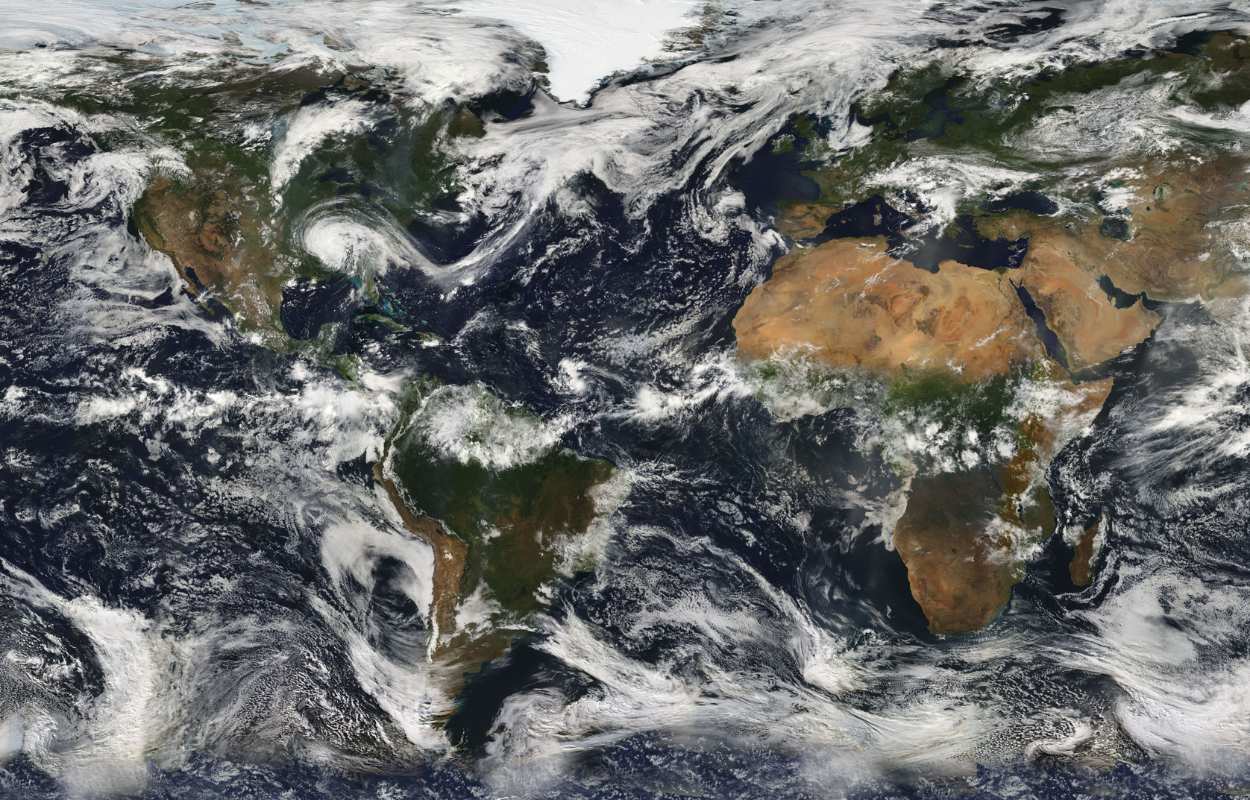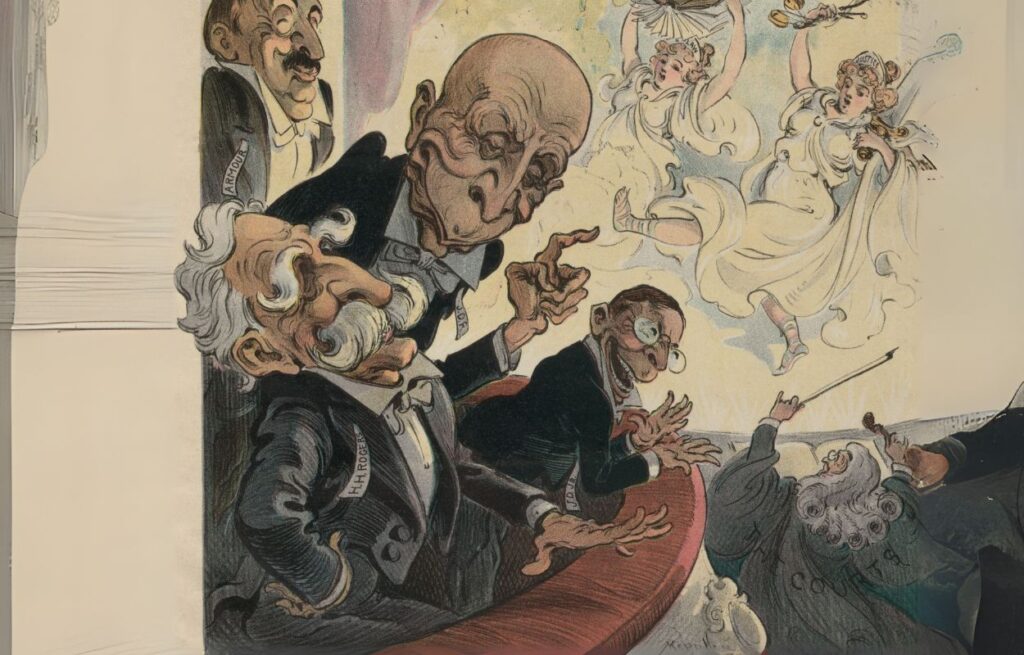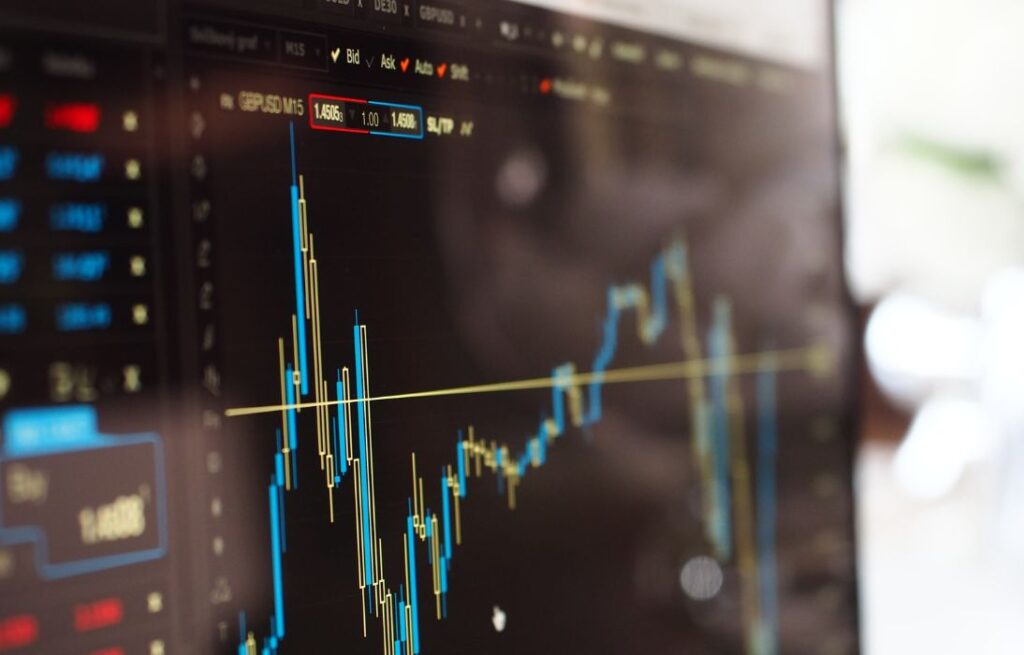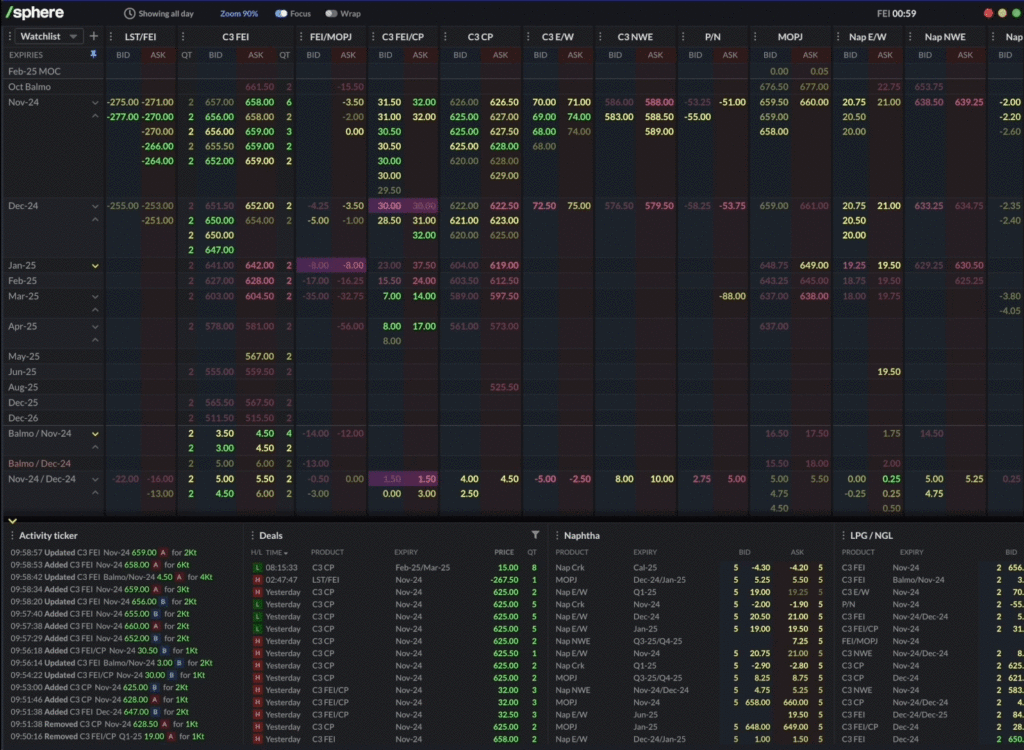Back in the day, everyone relied on information from a handful of global weather providers. These were run by large national agencies that could afford to operate expensive supercomputers to run large-scale numerical simulations.
But today, things have changed.
Access to data from satellites, weather balloons and ground-based sensors is more democratised than ever. And with growing computational power, AI is pushing the boundaries of what’s possible.
Still, forecasting for energy trading often falls short.
That’s the problem Jua was built to solve. Led by CEO Marvin Gabler, the Swiss company has developed the world’s first large-scale physics AI model of the Earth, a digital twin of our planet. Their prediction engine delivers faster, more granular forecasts that align with the timing and needs of energy markets, helping traders act earlier, with more confidence, in increasingly weather-driven markets.
Building Earth’s digital twin
Traditional forecasting relies on fragmented models. One model might predict floods, another wildfires, and another wind patterns. But that approach breaks down in the real world, where everything is connected. A wildfire can raise surface temperatures, which affect wind and rainfall, which in turn shape broader weather systems.
At Jua, they treat the planet as the interconnected system it is. Marvin’s team has created a digital twin of planet Earth, resulting in a far more realistic simulation of how weather actually behaves.
So how does it work?
Weather is complex. Really, really complex. And while there isn’t enough computational power on Earth to model every single molecule in the atmosphere, Jua offers the next best thing. Trained on petabytes of satellite, sensor, and observational data, the model learns the best possible simplifications to generate a forecast that gets much closer to reality and as Marvin puts it, “You wouldn’t have enough physicists on the Earth to find these perfect approximations”
Marvin illustrates the point with a simple analogy:
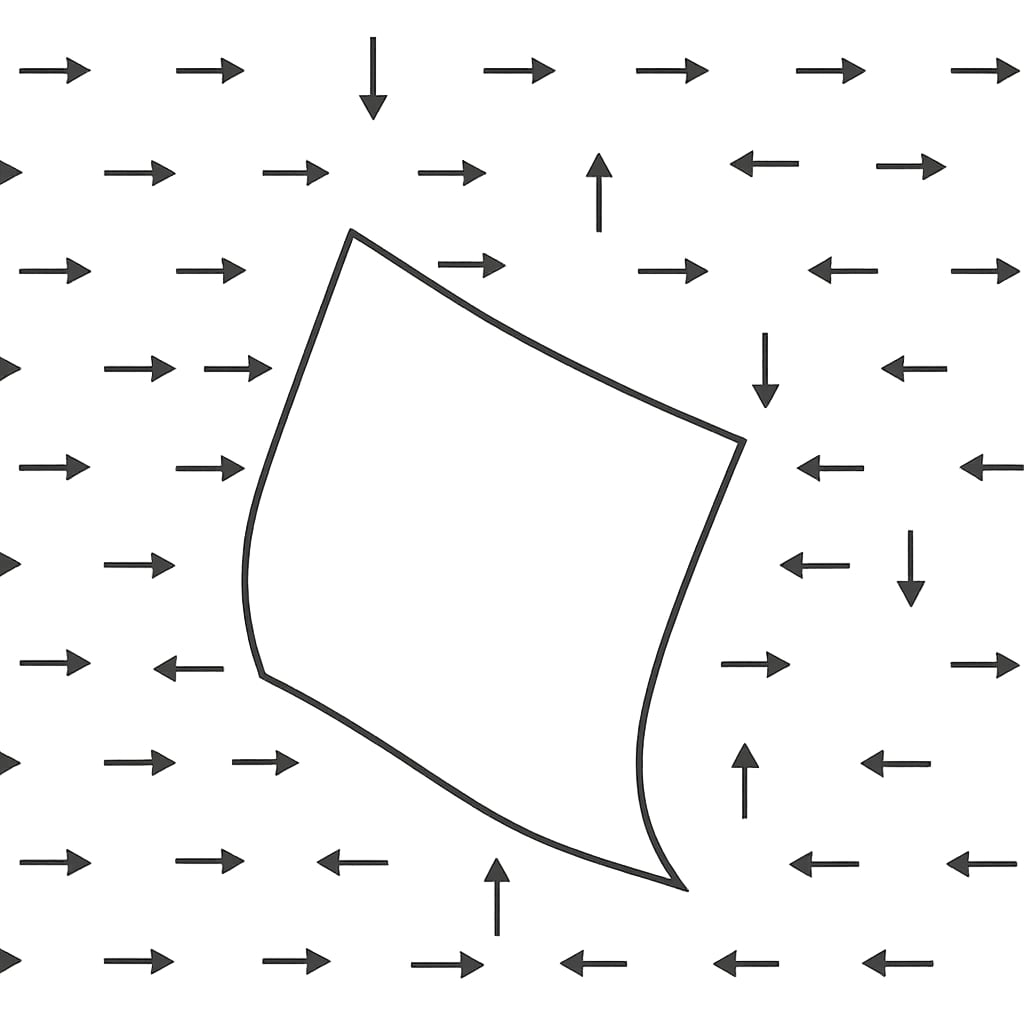
“Imagine trying to simulate a piece of paper falling through the air. Every molecule affects its path, but to make the problem solvable, you simplify. Scientists might assume the paper doesn’t bend, or treat clusters of air molecules as one. Each assumption makes the model less accurate. But with AI, you can train on vast datasets and let the system find smarter, more accurate simplifications on its own, beyond what any human could.”
Designed for Traders
When we asked Marvin what the goal of Jua is, he said, “We want to be the most useful.” And that says a lot about what sets them apart. Marvin acknowledges there are some great forecasting teams out there, like those at Nvidia or DeepMind, but as he puts it, much of their work is “really academic” and not designed for the realities of energy trading. “The European intraday spot markets now move in 15-minute intervals,” says Marvin. “Most traditional models give you one value every six hours. That’s too slow to act on.”
Jua’s flagship model delivers forecasts up to two and a half hours before the market, giving traders a critical edge. And instead of trawling through endless datasets, they interact with a single interface, asking specific questions and getting focused, actionable answers. “We work closely with the traders, with the desks to make sure it’s really useful for the daily operation, and really understand the problems,” says Marvin. “And that’s even more important than the pure performance on some benchmarks.”
As energy systems shift toward renewables, weather has become one of the biggest variables on the grid. In Europe, solar and wind are now primary price drivers, and that means a cloudy afternoon or an unexpected drop in wind can move prices dramatically, and traders need to see it coming. Jua makes that possible. Fast, granular, and tailored to the realities of power trading, Jua is giving energy firms the tools they need to stay ahead in a weather-driven world.
Learn more about Jua here.
Looking for more insights?
Get exclusive insights from industry leaders, stay up-to-date with the latest news, and explore the cutting-edge tech shaping the sector by subscribing to our newsletter, Commodities Tech Insider.

